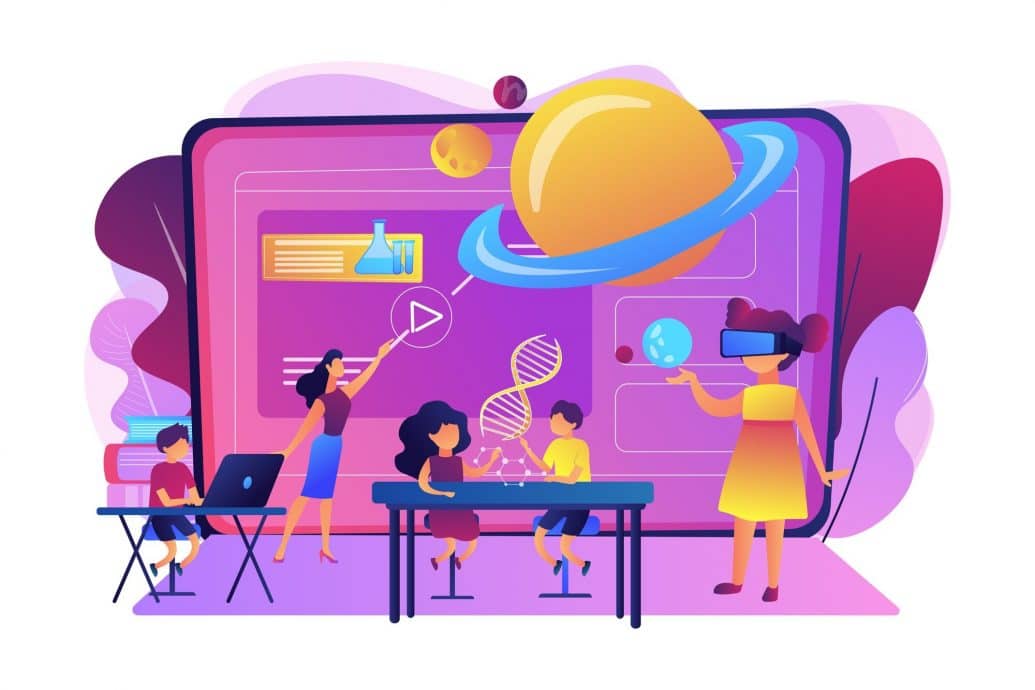Introduction: China is using AI in classrooms
China is using AI in classrooms: A number of Chinese schools have recently been experimenting with the use of Artificial Intelligence in the classroom. At the Jinhua Xiaoshun Primary School in eastern China, students were recently tested for concentration levels using special headbands developed by the US company BrainCo. In real-time, the headband would transmit data about how engaged the students were in their learning.
Also Read: The Role of Artificial Intelligence in Education
In addition to the headbands being used to quantify student engagement, they would enable teachers to better tailor their instruction in order to cater to the individual needs of every student.
Source: YouTube | WSJ
A growing number of classrooms in China are equipped with artificial-intelligence cameras and brain-wave trackers.
Also Read: First AI designed drug in human trials.
Cameras were found to be used in some classrooms for the purpose of monitoring students. AI technologies can analyze the behavior of students with the aid of facial recognition software. There are certain programs in which each student is assigned a score based on their degree of concentration in the classroom. While the Chinese government continues to push the limits of Chinese education by encouraging the adoption of “smart classrooms” as they push towards the development of “smart learning”.
Also Read: AI And The Future Of Work
The high level of competition in China has led to a willingness to explore AI technologies in classrooms. Students in China must take a college placement test called the gaokao before attending college. Because only top scores will get students into the country’s top universities, the gaokao is viewed as a major indicator of success. Parents are always looking for ways to get ahead in China, since success is directly tied to education. These new technologies are more readily adopted because they’re seen as a way to gain a competitive edge.
